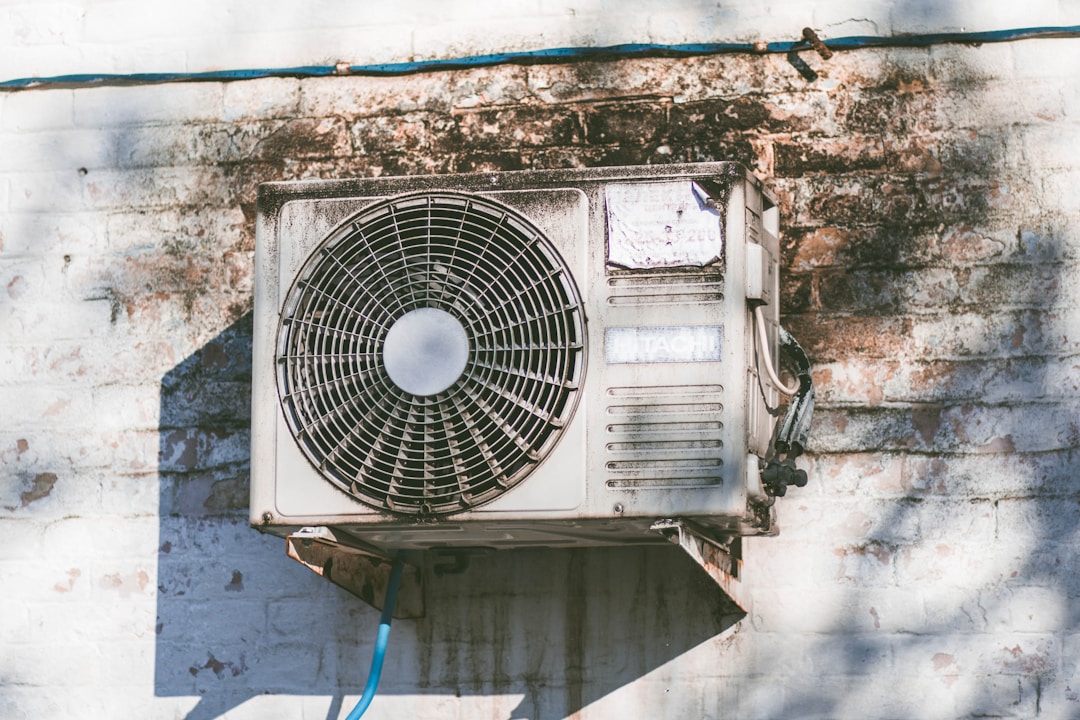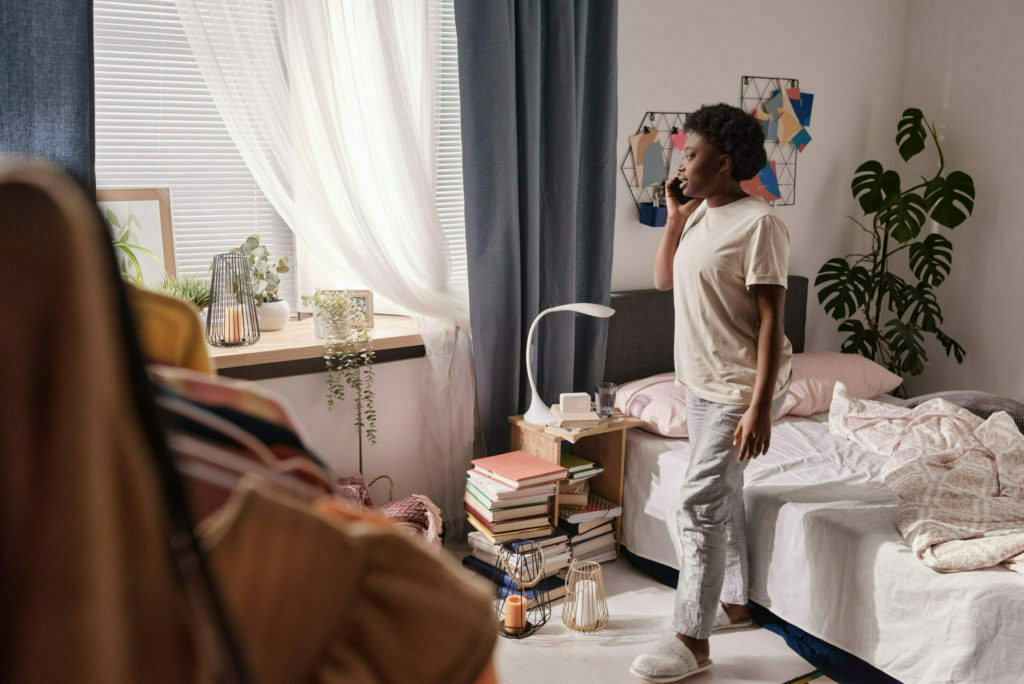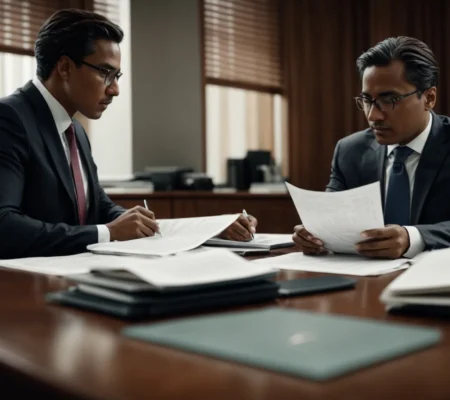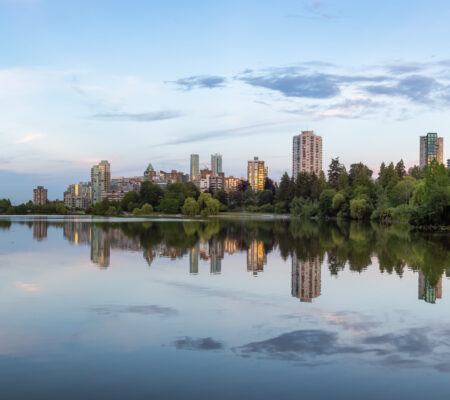Older homes have a lot to offer, from interesting architecture to charm and character. Unfortunately, they can also come with more maintenance. As with many things, age can take a big toll on older homes. From roofs to flooring, they can come with a host of issues. Based on the home’s age, condition, and living situation, there can be issues ranging from minor cosmetic blemishes to larger structural problems.
There will be some problems that are part of living in an older home. Some of these issues add to the character of the house. Other issues, however, might need to be addressed. Issues with the HVAC system can lead to numerous problems around the house. From poor indoor air quality to outdated thermostats, there are several things that might need to be addressed to improve the HVAC in an old home. Let’s take a look at common HVAC issues that are more prevalent in older homes.
1. Poor Indoor Air Quality
.1).jpg)
Construction and innovation have come a long way in recent years. Today new homes boast the best in ductwork and HVAC technology. We now have efficiency standards that ensure cold air remains inside and hot, humid air stays out. Older homes, however, have outdated ductwork and HVAC units that allow outside air, pollutants, and allergens inside. Poor filtration and cracks and leaks in the ductwork are common problems in older homes that contribute to poor indoor air quality. An HVAC technician will be able to offer solutions that might include new ductwork and equipment along with whole-home air purifiers.
2. Poor Airflow
In addition to leaks, your ductwork might also be badly designed and made out of materials that are no longer acceptable. As a result, your older home might experience significantly reduced airflow throughout the house. Older duct systems might also be filled with dust, dirt, and debris that can hamper airflow. Re-configuring and redesigning your ductwork could prove to be the solution for poor airflow. Ductwork cleaning might also prove to be beneficial until a new duct system can be installed.
3. Aging HVAC Unit

Experts agree that the average HVAC system should last around 20 years. Regular maintenance can help extend the life of the unit beyond 20 years, however. If your older home has an aging unit, it could be causing several issues in your home. If your unit has to cycle off and on more frequently, it is probably struggling to keep up with temperature demands. Additionally, an older unit will also lack the power to heat and cool the entire home evenly. As a result, you may experience varying temperature inconsistencies throughout the house.
Perhaps one of the biggest issues that homeowners report with old houses and HVAC units is inefficiency. Older units aren’t as efficient as they often work harder and run for longer periods to try and maintain the temperature in the house. In many cases, you will experience higher energy bills due to an aging HVAC system in an older home. If this is the case, it might mean that you should consider a replacement system. A professional HVAC technician can help you evaluate your system and recommend solutions for replacing your older, inefficient system.
Buying an older home can be a great experience and come with many perks. Older homes also come with more work and concerns, however. If the HVAC system in your older house is causing decreased airflow, poor air quality, and higher energy bills, it might mean that you need to evaluate your system and ductwork. Maintaining your air conditioner will help reduce many problems. However, you will probably need a replacement before long.






